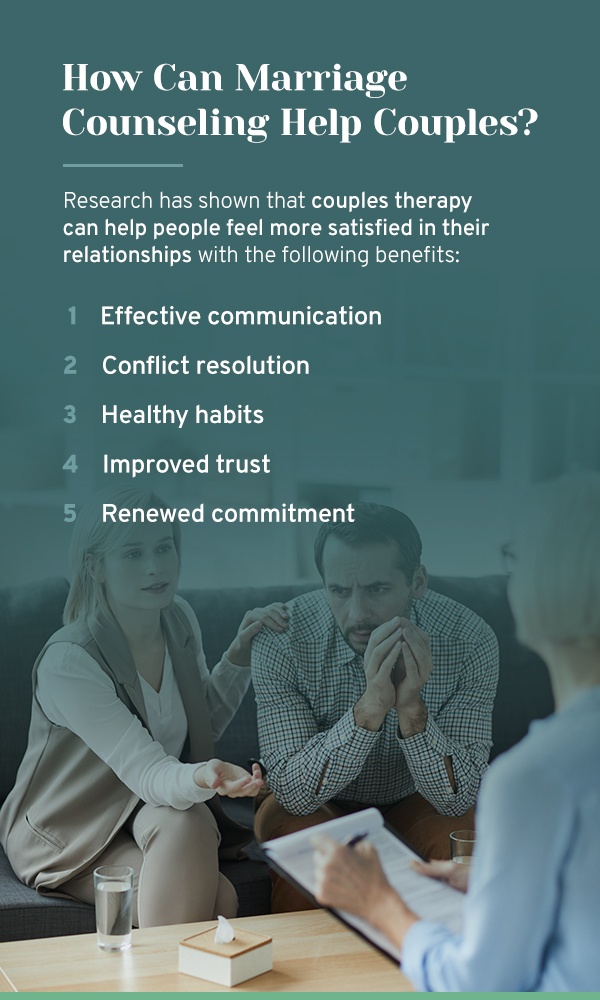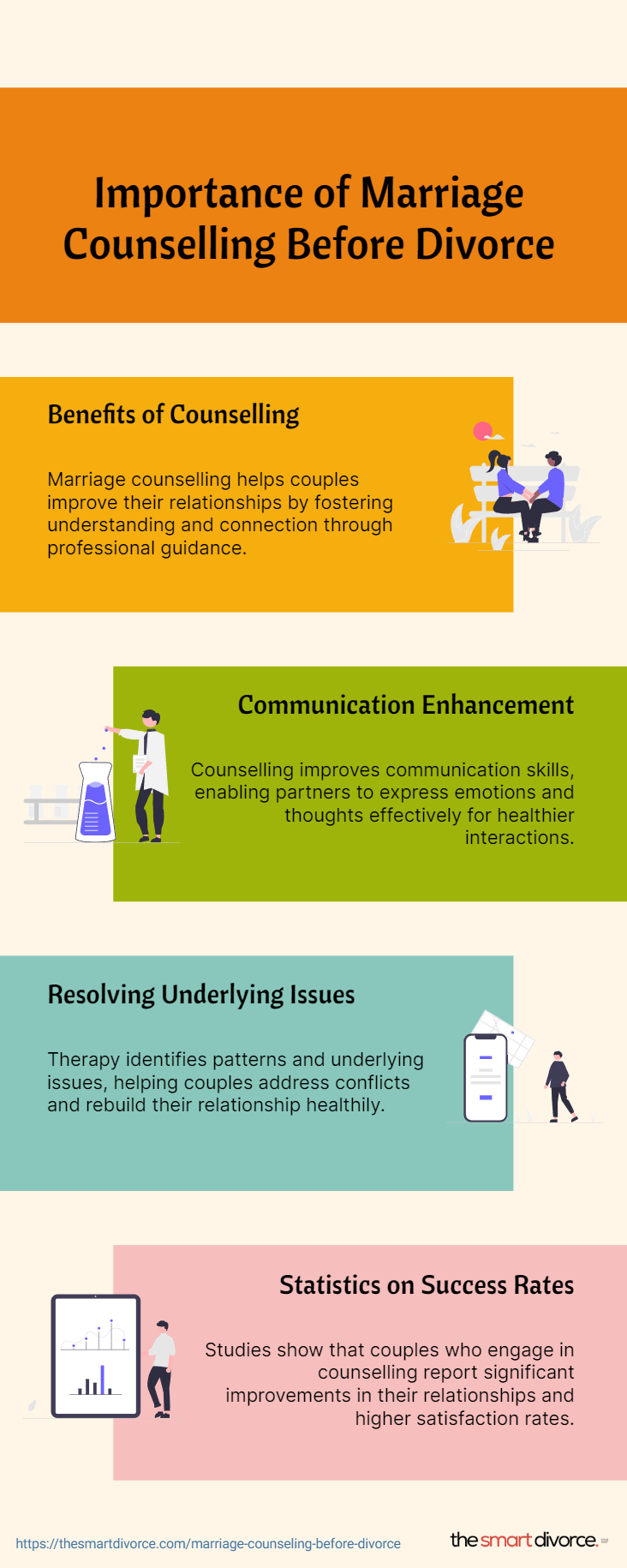Aim Point Counseling - Questions
Aim Point Counseling - Questions
Blog Article
Indicators on Aim Point Counseling You Need To Know
Table of ContentsAim Point Counseling for BeginnersThe Aim Point Counseling IdeasThe 4-Minute Rule for Aim Point CounselingAim Point Counseling - TruthsAim Point Counseling Fundamentals ExplainedThe 9-Minute Rule for Aim Point Counseling
The longitudinal layout includes a pre-treatment survey and two follow-up surveys at 3- and 12-months post-intervention. The study is set in eight Relationships Australia Victoria centres, across cosmopolitan, outer residential areas, and regional/rural sites. Relationships Australia, a non-government organisation, is the largest copyright of couple coaching and relationship solutions in Australia.
These high rates of relationship malfunction have been constantly associated with negative health consequences for both grownups and kids following divorce/separation.
Indicators on Aim Point Counseling You Need To Know
The effects of divorce and splitting up can be destructive, research study shows that high relationship disharmony in intact couples is also likely to have adverse end results.
Research to day has identified both couple and private elements that may contribute to partnership dissonance. These consist of partnership complete satisfaction and dedication at the couple degree, and clinical depression at the individual level.
Some Ideas on Aim Point Counseling You Should Know
Consequently, while most research studies suggest renovations in connection satisfaction following couple coaching, they are limited by the examples and actions made use of, largely temporary follow-up time frameworks, and analyses that do not make up the dyadic nature of couple information. Partnership commitment, based upon procedures such as the Dedication Supply (CI) [19], is an additional commonly investigated partnership end result.
To sum up, research indicates that couple-specific variables in addition to individual variables may predict the outcomes of couple counselling and relationship services. The causal instructions of these partnerships, nevertheless, is less clear. These monitorings are very important, because, to validate and assist the application of relationship services such as couple therapy, empirical evidence has to discover both the outcomes of connection services and the elements that forecast effective treatment.
, at the very least in some European countries.

We presently recognize little regarding the profiles of couples who seek relationship education and learning compared to those who look for relationship coaching, or the outcomes of these programs. Nonetheless, anecdotal proof suggests that there might be considerable distress amongst a minimum of some couples seeking relationship education. Connection education programs differ from couple coaching as they are commonly very structured, conducted in teams, and concentrate on a blend of four parts; recognition, comments, cognitive change, and abilities training [45]
Aim Point Counseling Things To Know Before You Get This
Comments entails participants completing questionnaires about their partnership (e.g. steps of interpersonal issues), and receiving information on what their scores indicate. Cognitive-behavioural approaches advertise transforming cognitions to assist in positive partnerships.
These results have actually persisted for up to 4 years in some researches [47] Nonetheless, these meta-analyses highlight limitations in the present literary works on connection education and learning. Specifically, most of studies included pairs from upper socio-economic backgrounds that were not experiencing high connection discord [47,48] This sample profile may not represent clients that usually provide for connection education and learning.
An Unbiased View of Aim Point Counseling

Really little study has analyzed the comparative advantages of pair therapy and partnership education and learning programs. As clients are likely to self-select right into these solution types, it is not clear whether characteristic relationship distress accounts existing to every solution kind, or indeed whether there is a communication in between offering profile, service kind and end result.
(https://trello.com/w/a1mpoint/members)
Thus, we have actually included a 12-month follow-up to evaluate longer-term patterns and impacts. The research study uses a number of standard end result measures because some prior investigations have actually been criticised for their lack of standard evaluation [50] Finally, making use of statistical evaluations that assume independence of information, such as t-tests, or ANOVAs, has actually prevailed in previous studies [ 44,49]
We recommend to make use of multi-level analytical modelling treatments that manage for the inter-dependence of couple data to evaluate any kind of treatment impacts. The details objectives of the ECC research study are to: 1. Map accounts of customers looking for community agency-based couple therapy vs. relationship enhancement programs in terms of socio-demographic and partnership indications (such as connection contentment, connection dedication, interpersonal issues, and factors for going to), in addition to health (such as anxiety, general health and wellbeing) and health solution use (eg.
2. Identify whether couple therapy and partnership education services enhance three- and twelve-month results for relationship contentment, commitment, and clinical depression, using analytical analyses ideal to combine data. 3. Establish the family member payments of client factors (individual and pair) and therapy/education factors to outcomes at 3- and 12-months, and to sustainability of results with time.
Aim Point Counseling for Beginners
Multi-level modelling to establish more pre-post distinctions, regulating for dyadic (pair) level. To add to the literary works examining the efficiency of community-based couple therapy. The outcomes will assist professional decision-making in community-based relationship service setups, and expert training. 3. To establish the family member contributions of client/couple and therapy elements to end results at 3- and 12-months, and to sustainability of outcomes gradually.
Report this page